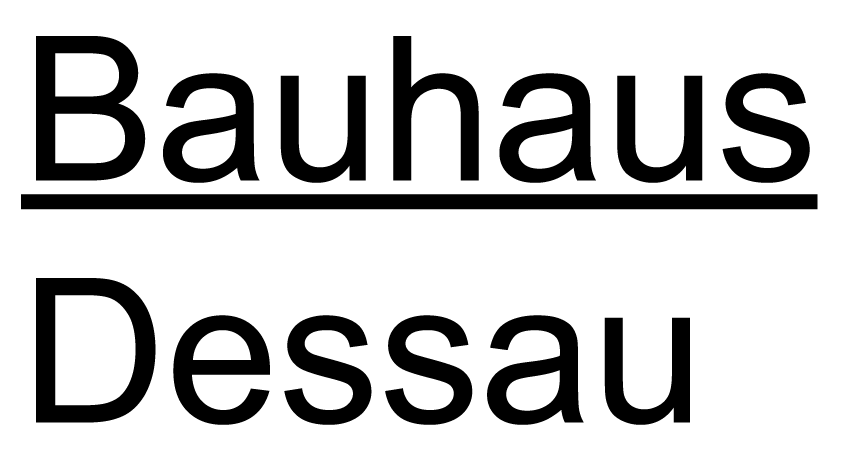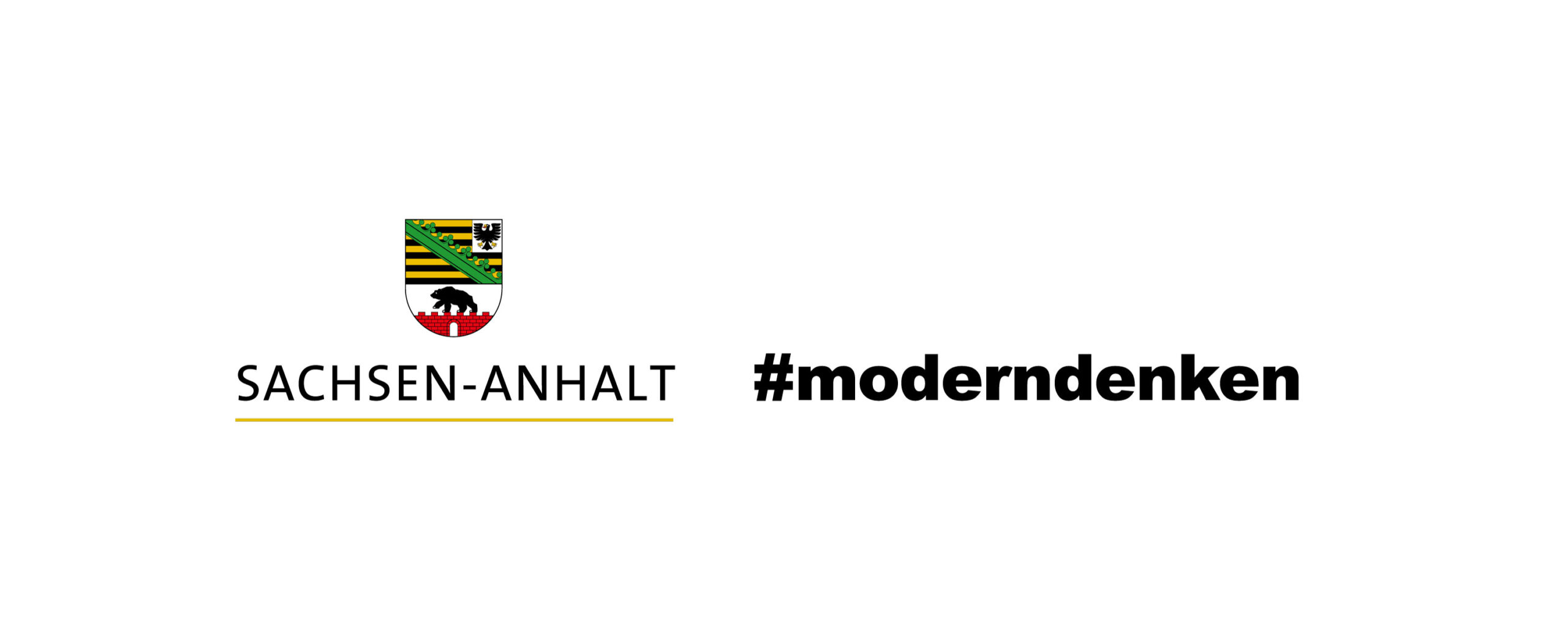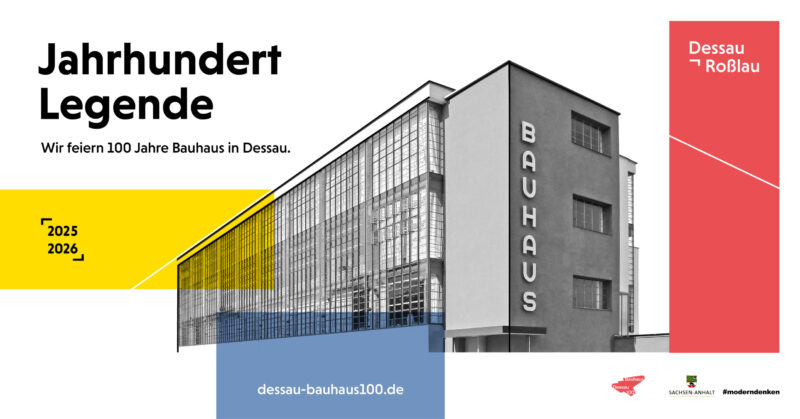Invisible Bauhaus – the digital tours
The ‘Invisible Bauhaus Dessau’ project is launching new digital guided tours as part of the Triennial of Modernism.
A video walk takes visitors to six locations in Dessau city centre where the Bauhaus established itself in 1925 and simultaneously encountered resistance. Visitors can use QR codes to access videos and immerse themselves in Bauhaus history. In addition, the audio walk ‘In the Footsteps of Paul Klee’ offers a tour of the Georgium Landscape Park. It shows how Klee’s walks in nature influenced his art and actively involves participants through interactive sequences.



